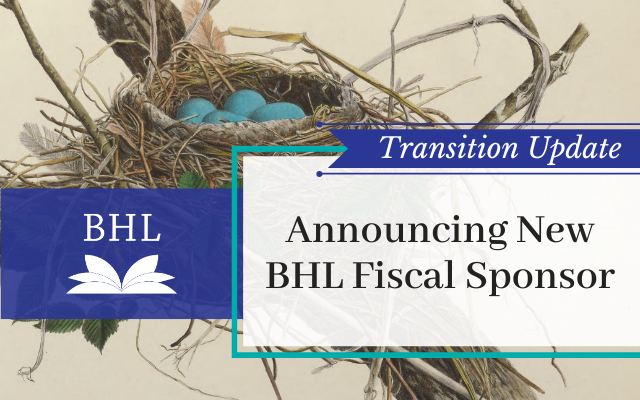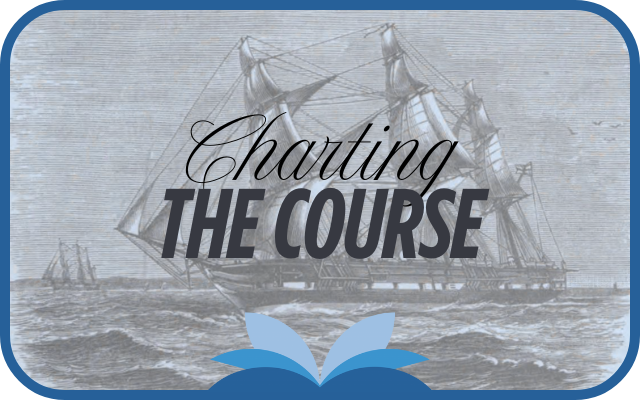The Edible Mollusca of Great Britain and Ireland with Recipes for Cooking Them is a delightful fusion of taxonomy, geography, and cooking! The author’s preface emphasizes the “hitherto almost entirely overlooked” edible mollusca that are abundantly and economically available on the coasts, a qualifying characteristic that retains its relevance in the 100 years plus since publication. Hungry? Have some Cockle Soup!
Continue reading










